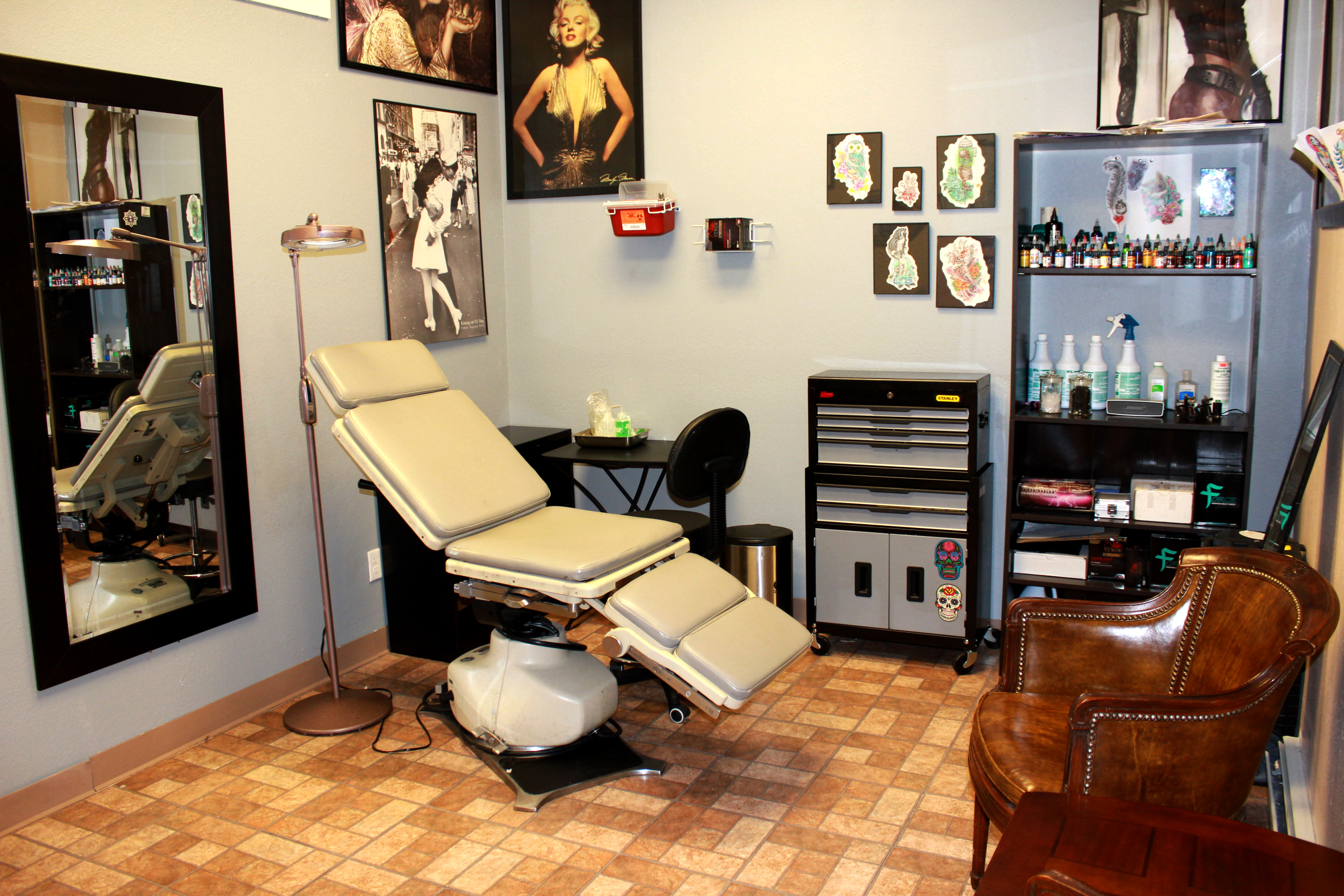
Okay, so you’re thinking about getting a sunflower tattoo, huh?
Awesome choice!
But you’re probably wondering, "Are sunflower tattoos more expensive in high-end tattoo studios?"
I get it.
Tattoos are a commitment, both financially and artistically.
Let’s break down what impacts the price of your sunflower ink, especially at those fancy studios.
Sunflower Tattoos: The Cost Factor
First off, there’s no single "sunflower tattoo price."
It’s way more nuanced than that.
Think of it like ordering coffee.
A basic black coffee is cheap.
A triple-shot, soy milk latte with whipped cream?
Cha-ching!
Here’s what influences the price of your sunflower tattoo:
-
Size and Detail: A tiny, simple sunflower outline will cost way less than a massive, hyper-realistic piece.
-
Color vs. Black and Grey: Color inks are generally more expensive. Plus, they can require more sessions.
-
Artist’s Skill and Reputation: This is huge. A highly sought-after artist at a high-end studio can charge significantly more per hour.
-
Studio Location: Studios in big cities or affluent areas often have higher overhead costs, which they pass on to clients.
-
Studio’s Minimum: Many studios have a minimum charge, even for small tattoos.
High-End Studios: Are They Worth It for a Sunflower?
This is the million-dollar question.
High-end studios often boast:
-
Experienced Artists: They usually have artists specializing in different styles, including realism, watercolor, or fine line.
-
Top-Notch Equipment and Hygiene: Think sterile environments, autoclaved tools, and high-quality inks.
-
Custom Designs: They’re more likely to work with you to create a truly unique sunflower tattoo.
-
Better Customer Service: Expect a more comfortable and professional experience.
But all that comes at a price.
Example: My friend Sarah got a small, black and grey sunflower on her wrist at a well-known studio in LA.
It cost her $300!
Her friend got a similar tattoo at a less fancy shop for $150.
Sarah felt the extra money was worth it because the artist was incredibly talented, the studio was spotless, and she loved the design process.
Finding the Sweet Spot
Don’t automatically assume the most expensive is always the best.
Do your research!
-
Check portfolios: Look for artists whose style aligns with your vision for your sunflower.
-
Read reviews: See what other clients have to say about their experiences.
-
Get consultations: Talk to a few different artists and get price quotes.
-
Don’t be afraid to negotiate: Some artists are willing to work with your budget.
Cost-Cutting Tips (Without Sacrificing Quality)
-
Consider a simpler design: A minimalist sunflower can be just as beautiful and impactful.
-
Choose a less popular placement: Areas like ribs or stomach can sometimes be more expensive due to pain and complexity.
-
Book during off-peak hours: Some studios offer discounts during weekdays or slower periods.
-
Look for apprentice artists: They’re often more affordable and supervised by experienced artists.
Real Talk: Your Sunflower Tattoo and Your Budget
Ultimately, the decision of where to get your sunflower tattoo depends on your priorities and your budget.
If you value experience, hygiene, and a custom design above all else, a high-end studio might be worth the investment.
But if you’re on a tighter budget, you can still find a talented artist at a more affordable shop.
FAQ: Sunflower Tattoo Edition
- Q: How much does a small sunflower tattoo typically cost?
- A: Expect to pay anywhere from $80 to $300, depending on the factors mentioned above.
- Q: Are color sunflower tattoos more expensive?
- A: Yes, color inks generally add to the cost.
- Q: How do I find a reputable tattoo artist?
- A: Check online reviews, browse portfolios, and get personal recommendations.
- Q: What questions should I ask during a tattoo consultation?
- A: Ask about their experience, their sterilization procedures, and their pricing.
- Q: How do I care for my new sunflower tattoo?
- A: Follow your artist’s aftercare instructions carefully. This usually involves keeping the area clean and moisturized.
So, circling back to your initial question: Are sunflower tattoos more expensive in high-end tattoo studios?
The answer is often yes, but it’s more about the overall experience and quality you’re paying for, not just the sunflower itself.











